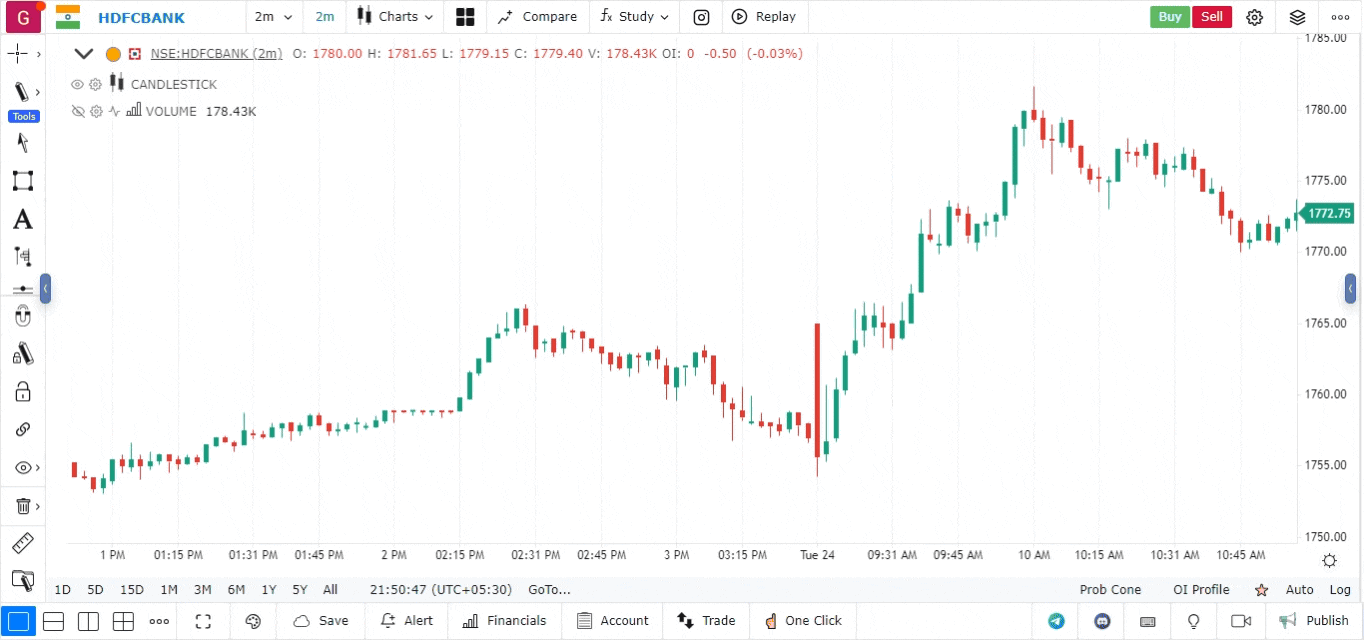Ulcer Index
The Ulcer Index is a technical indicator that measures downside risk by calculating the depth and duration of price drawdowns from a previous peak. It is particularly useful for assessing the volatility and risk associated with an investment, helping traders identify potential drawdowns and manage their portfolios effectively.
Overview of the Ulcer Index
- Purpose: The Ulcer Index quantifies the risk of an asset by focusing on drawdowns, making it easier for traders to evaluate potential losses and manage risk.
- Market Analysis: By examining the duration and severity of price declines, the Ulcer Index provides insights into the stability of an asset, allowing traders to make informed decisions.
Key Features of the Ulcer Index
- Drawdown Measurement:
- The Ulcer Index calculates the average percentage decline from a historical peak, providing a clear indication of the risk involved with holding an asset.
- Indicator Scale:
- The Ulcer Index is typically plotted on a scale starting from 0, where lower values indicate less risk (smaller drawdowns), and higher values indicate greater risk (larger drawdowns).
- Risk Assessment:
- A higher Ulcer Index suggests a greater risk of significant losses, while a lower index indicates a more stable investment.
How to Use the Ulcer Index
- Access the Indicators Section
- Click on the “Indicators” or “Studies” menu located at the top of the chart.
- Expand the list of available indicators and technical studies.
- Find and Add the Ulcer Index
- Search for Ulcer Index: Enter “Ulcer Index” in the search bar of the indicators list.
- Add the Indicator: Click on the Ulcer Index to add it to your chart. It will appear as a line graph in a separate panel below the main price chart.
- Customize the Ulcer Index Indicator
- Settings: Access the settings by right-clicking on the Ulcer Index line or clicking on the settings icon.
- Adjust the look-back period (commonly set to 14 or 30 periods) based on your trading strategy and the asset’s volatility.
- Customize the line color, style, and thickness according to your preferences.

- Interpret the Ulcer Index Signals
- Low Values: An Ulcer Index value close to 0 indicates a relatively stable asset with minor drawdowns, suggesting lower risk.
- High Values: A higher Ulcer Index indicates increased drawdowns, suggesting higher risk and potential volatility. Traders might consider this when deciding whether to enter or exit a position.
- Make Trading Decisions Using the Ulcer Index
- Risk Management: Use the Ulcer Index to evaluate the risk of an asset compared to others. A higher Ulcer Index might prompt traders to reassess their exposure to that asset.
- Trend Assessment: Combining the Ulcer Index with other indicators can provide a fuller picture of market conditions. For instance, a rising Ulcer Index alongside declining prices may indicate increasing risk and potential bearish sentiment.